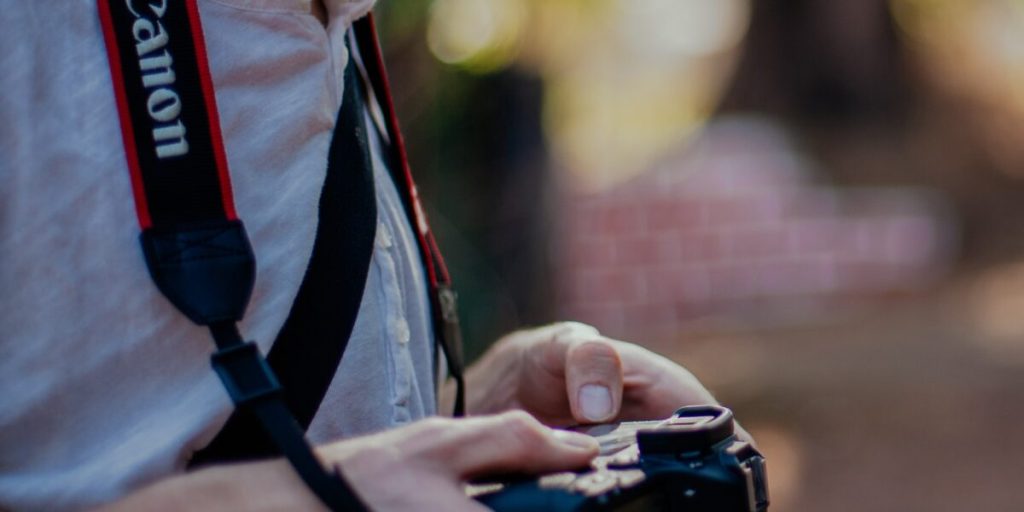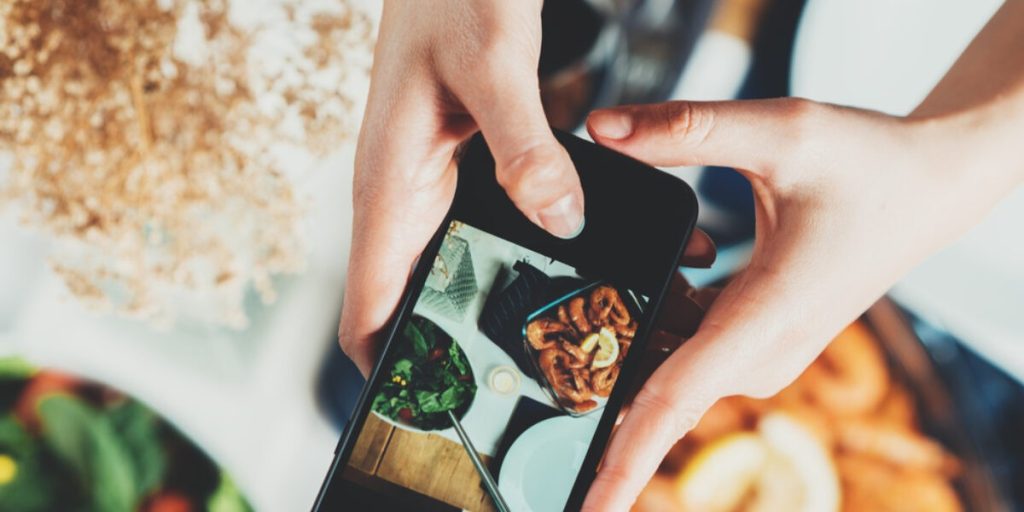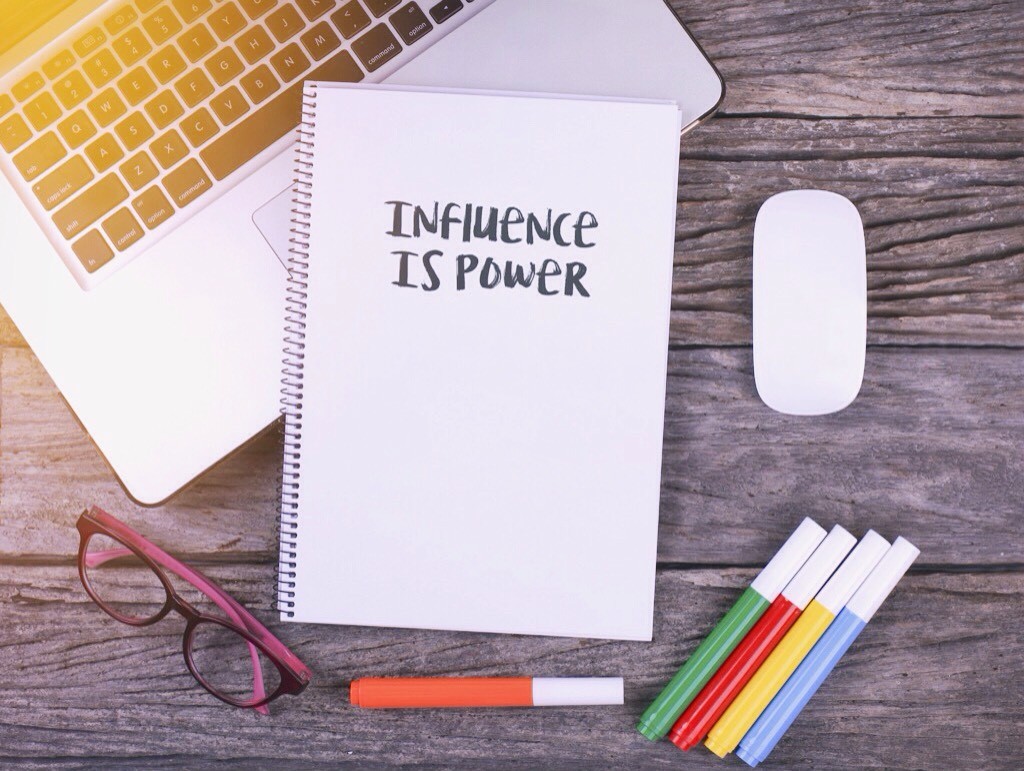How an Influencer Agency Connects You with Industry Trendsetters
In the scary, dark, pre-internet days, pretty much all you had to rely on when choosing a product or service was what each company had to say about itself. Thankfully the internet is thriving and here to stay, plus there are better and more reliable ways to get an unbiased opinion. People with in-depth knowledge …
How an Influencer Agency Connects You with Industry Trendsetters Read More »










